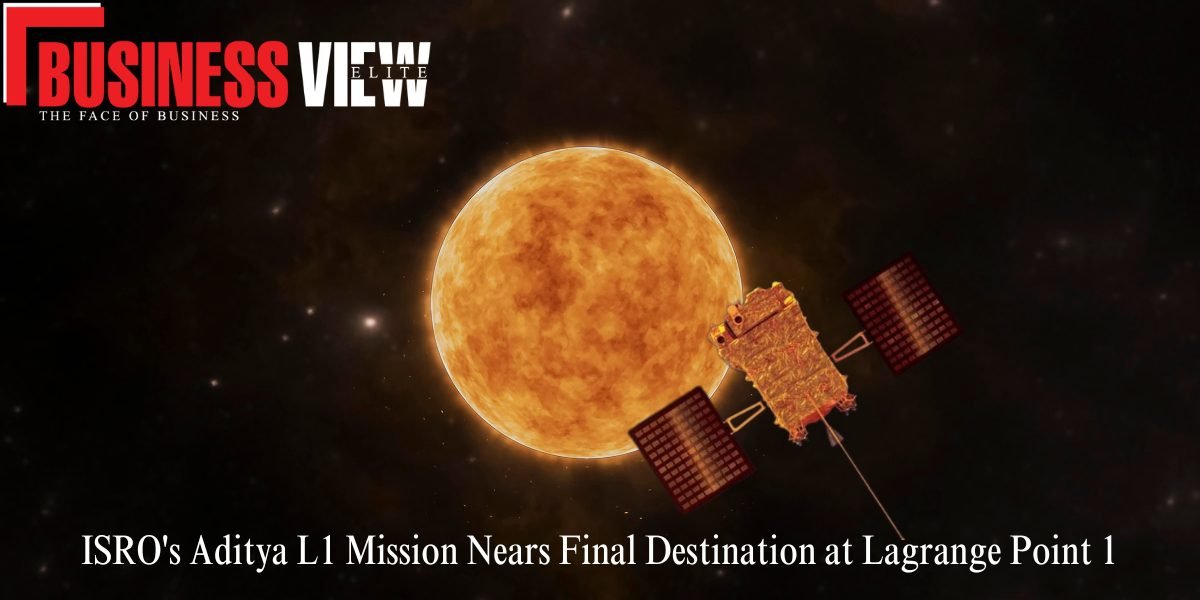Last year, the Indian Space Research Organisation (ISRO) created history after the successful soft landing of Chandrayaan 3 in 2023. In the New Year as well, ISRO has planned to do something big which brings it into the news. If you remember, last year on 2nd September 2023, ISRO launched Aditya L1, the first solar mission. This spacecraft has carried a total of 7 payloads to study the solar wind, the corona of the Sun and other aspects related to the system of Sun-Earth. Now, the National Space Agency of India is all set to put Aditya-L1 into its final destination.
Aditya L1 is Ready To Meet its Final Destination Lagrange point 1
The very first mission to study the Sun is getting a bit closer to its final destination (Lagrange point (1)) and Aditya L1 will be placed into its last orbit which will happen on the evening of Saturday, 6th January 2024. It is worth noting that the mission of the study of the Sun-Earth system is the very first mission that ISRO is doing with the collaboration of many other institutes in the country. According to the reports, this final orbit will be at 04:00 PM. This news is officially shared by ISRO and stated that “Aditya L1 has already reached the L1 point and the manoeuvre (on January 6) will put it in the desired orbit. Without getting into orbit, the spacecraft will continue to travel towards the Sun.”
Aditya L1 would get into a “halo orbit” around one of the 5 spots in the moving system of Sun-Earth known as Lagrange point 1 where the gravitational effects of the two bodies hardly balance each other. This spacecraft will join 4 others. It is worth noting that the L1 point is around 1.5 million kilometers away from the Earth which makes up only 1 per cent of the total distance between the Earth and the Sun. At L1, the satellite of India will join 4 operational examinations. The other three four operational probes belong to the National Aeronautics and Space Administration (NASA): Deep Space Climate Observatory (DSCOVER), WIND, and Advanced Composition Explorer (ACE).
The last operational satellite also belongs to NASA but with the collaboration of the European Space Agency (ESA): the Solar and Heliospheric Observatory (SOHO). During the interaction with the media, M Sankaran, the director of UR Rao Satellite Centre (URSC) told the media outlet “The last maneuver will be a short one using a group of thrusters. Aditya-L1 has 12 thrusters and we’ve not decided which ones will be used. A final decision will be taken on whether to use LAM (liquid apogee engine) or other thrusters, based on the spacecraft’s position on Saturday.”
Indian Institute of Astrophysics, Bengaluru director, Annapurni Subramaniam told another media outlet “Aditya L1 will make it to a halo orbit around the L1 point. As the Earth moves around the Sun, the L1 point will also move. So does the halo orbit.” However, it is quite challenging to perform this attempt as ISRO is attempting such a move for the first time and everyone is hoping it to be successful just like previous projects of ISRO.
Indian physicist and Chair of the Space Weather and Monitoring Committee, Dibyendu Nandi stated “This maneuver is critical. It involves the firing of thrusters in order to change the speed and trajectory of the spacecraft. If the intended orbit is missed in the first attempt, there would be numerous subsequent corrections and thruster firing required.”
As of Wednesday, 3rd January 2024, Aditya L1 had positively finished 124 days in space. Since its launch, the spacecraft has begun getting scientific data and creating the image of the Sun.


